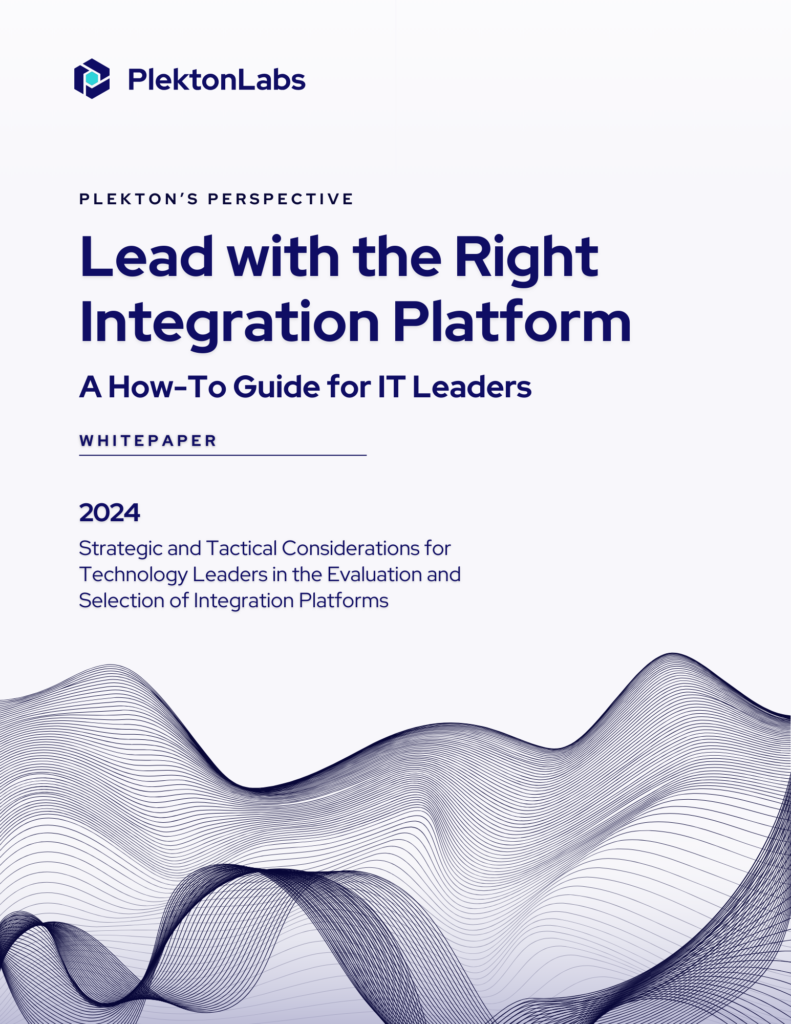When it comes to MuleSoft, getting started can be daunting. While there is a great deal of good that it can do for you, it is also important to pause for a second and take stock of how things are getting along. Are you following the MuleSoft best practices?
Because if you aren’t, chances are that you won’t reap all the benefits of your integration strategy. Your business may just remain stagnant. So investing in data integration and other technological tools and services won’t make any difference.
Not sure where you should begin? This article will show you some of the best practices you should be following with MuleSoft.
5 MuleSoft Best Practices Your Business Should Follow
These are just a couple of things you can do to get the most out of MuleSoft services and products. They will up your enterprise application integration game and drive the generation of value within your business. So, let’s take a brisk walk through some of the standard and best practices out there:
No-trust Security Model Embedded into API Designs
As a rule of thumb, when dealing with internet traffic, do not trust anyone. Hackers and players with malicious intent lurk about in every corner. A zero-trust security model will not trust any sort of API traffic, whether it is coming from within or beyond the network. When it comes to security and client privacy, businesses can’t be too careful.
Utilize secure networks with a sturdy design framework that has a central authentication service. These offer an extra layer of protection because each access point has a secure identification and authorization process.
Feels like overkill? While securing your APIs and everything around them can seem like a royal pain, preventing breaches can save you tons of money and heartbreak in the long run.
Queues are There to Help
Mule has the option of working with different queues, and the different settings actually have a lot in common. These can include things like the name of the queue, operations, and processes, but each will have its own specific features.
For instance:
| ActiveMQ is a popular open-source solution that supports transactions and message exchange between applications but will need a specific server for installation. This queue supports JMS. | VM is an in-memory queue that supports transactions. However, it is only applicable for message exchange among threads of an application. It will not work if you need to exchange messages between several different applications. | AnypointMQ is yet another queue perfect for commercial use. This is integrated into the Anypoint platform and doesn’t even need any particular server for installation. However, it does not support transactions lik4 ActiveMQ. |
Mule Error Handling & Exception Scenarios
Error handling best practices is an important area to keep an eye on. Here’s what you should be doing:
Include all Error status codes in the appropriate manner according to the requirements. Also, errors need to be separately specified in a ‘global-error-handling.xml’ file.
Any Exceptions\Errors have to be properly branched as shown here:
- System Exceptions: <Source related data exceptions>
- Business Exceptions: <Target\End System exceptions (Not to be bothered by the Mule APP, but must be handled)>
- System\Application Errors
Don’t forget to have a Retry mechanism for all HTTP-based errors, as well.
Follow Appropriate Naming Conventions
When users are tackling Mule flow, the name of the flow and the components associated with it, should be named after their individual functions. For example, transformation elements usually have Standard names. All other elements should follow these instructions for coherence,
- The flow name should imply about the processes in it.
- The basis should point towards Choice elements as conditions are built around it.
- Addresses and the direction of data input/output can be named in relation to their connectors.
- For logging elements, the name should represent which information is being logged.
Proper Identity and Access Management for Posteriority
Security measures are used to recognize authorized API users and show them just the data they want them to see. These are known as identity and access management. The standards of this management system are authentication and authorization.
Authentication is the process that verifies the identity of an API consumer. This can be done through simple username and password logins or more secure methods like multi-factor authentication (MFA) or token-based credentials. After the user is authenticated, the authorization process concedes the user’s rights to manage the data which the user can then access while using the API.
Wrapping Up
As you can see, following the MuleSoft best practices isn’t all that difficult. Moreover, doing so will help run IT operations much more smoothly. They also provide a guideline that will help you manage your business when things get uncertain. If you aren’t sure how to implement these best practices (and many others), PlektonLabs has consultants and advisors with years of experience and industry knowledge who want to help you on your integration and digital transformation journey. Contact us today, and we’ll get you started!





